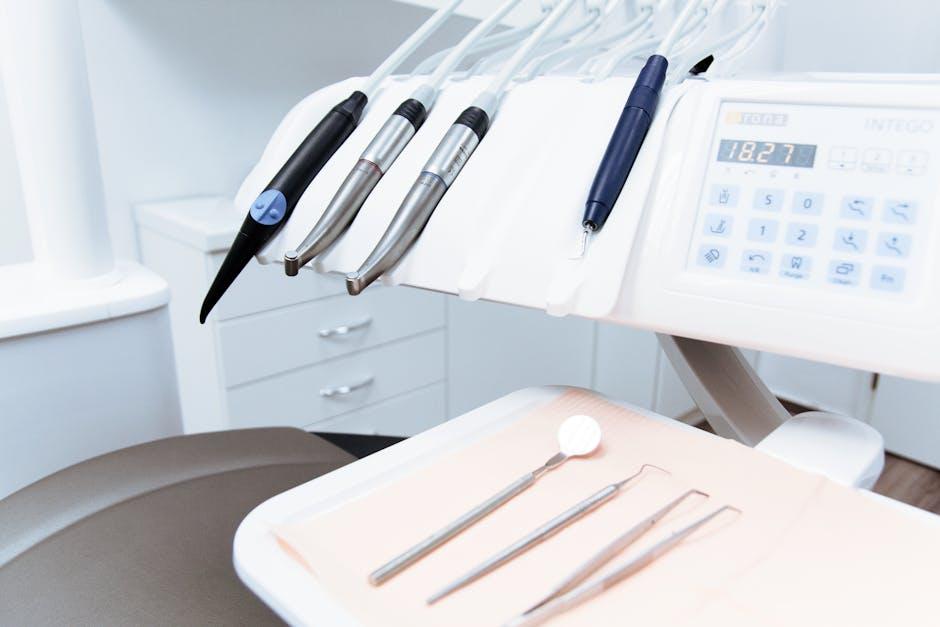
The Role of Dental Status in the Pathogenesis and Severity of Peritonsillar and Cervical Infections – Frontiers
Peritonsillar and cervical infections are serious conditions that can significantly impact a person’s health. While these infections are typically associated with bacterial invasion in the throat and neck regions, recent studies emphasize an important but often overlooked factor: the patient’s dental status. Understanding how oral health influences the development and severity of these infections is essential for both prevention and effective management.
What Are Peritonsillar and Cervical Infections?
Peritonsillar infections, often manifesting as abscesses near the tonsils, result from the spread of infection from the tonsillar tissue. These infections cause pain, swelling, and difficulty swallowing and can escalate rapidly if untreated.
Cervical infections involve the deep tissues of the neck and can affect the muscles, lymph nodes, and other critical structures. These infections risk complications like airway obstruction and sepsis if not addressed promptly.
Understanding Dental Status and Its Influence
Dental status refers to the overall health and condition of a person’s teeth and gums, including factors such as dental caries, periodontal disease, and tooth loss. It plays a pivotal role in oral microbiome balance and immunity, which are crucial in preventing infections extending beyond the oral cavity.
How Poor Dental Status Contributes to Infection Pathogenesis
- Bacterial Reservoir: Decayed or infected teeth harbor pathogens like Streptococcus and anaerobic bacteria that can migrate through mucosal areas into adjacent tissues.
- Compromised Immune Barrier: Gum inflammation and periodontitis weaken the mucosal defense, making it easier for bacteria to disseminate.
- Formation of Foci of Infection: Chronic dental infections can create persistent foci that seed nearby neck spaces, leading to peritonsillar or deeper cervical infections.
Severity and Progression Related to Dental Health
Numerous clinical studies confirm that patients with poor dental hygiene or untreated dental diseases often experience more severe peritonsillar abscesses or cervical infections. These infections may:
- Progress faster with greater tissue necrosis
- Require longer hospital stays and aggressive therapy
- Have a higher risk of complications such as deep neck space infections or systemic spread
Case Study: Dental Status Impact on Infection Outcomes
In a recent observational study involving 100 patients admitted for peritonsillar infections, researchers observed the following correlation between dental conditions and infection severity:
| Dental Status | Number of Patients | Severe Infection Cases | Average Hospital Stay (days) |
|---|---|---|---|
| Good Oral Hygiene | 40 | 5 (12.5%) | 3.2 |
| Moderate Dental Disease | 35 | 12 (34.3%) | 5.8 |
| Poor Dental Status (Active Infections) | 25 | 18 (72%) | 8.6 |
This data clearly highlights that poor dental health increases the risk and severity of peritonsillar infections, emphasizing the need for preventive dental care.
Practical Tips to Minimize Risks
Maintaining optimal dental status is an effective way to reduce the risk and severity of peritonsillar and cervical infections. Here are some valuable tips:
- Regular Dental Check-ups: Visit your dentist at least twice a year for examinations and cleanings.
- Proper Oral Hygiene: Brush at least twice daily, floss regularly, and use antimicrobial mouthwashes to maintain balance in your oral microbiome.
- Treat Dental Issues Promptly: Address cavities, periodontal disease, and tooth infections early to prevent bacterial spread.
- Stay Hydrated and Avoid Tobacco: Hydration helps maintain mucosal integrity, while tobacco compromises immune responses.
- Report Symptoms Early: If you notice throat pain, swelling, or difficulty swallowing, seek medical attention promptly.
First-Hand Experience: Patient Perspective
Sarah, a 32-year-old patient, shares her experience: “I never thought my tooth infection would lead to a severe throat abscess. It began as a mild toothache, but after a few days, I had swelling near my tonsil. The doctors explained how untreated dental problems can affect other parts of your body. Now, I’m more committed to my dental hygiene than ever.”
Why Understanding This Connection Is Crucial for Healthcare Providers
For ENT specialists and dentists alike, integrating dental status assessments into the diagnostic and treatment process for peritonsillar and cervical infections is crucial. Collaborative care ensures:
- Accurate identification of infection sources
- Tailored treatment plans, including dental interventions
- Improved patient outcomes with fewer complications
- Prevention of recurrent infections through comprehensive care
Future Directions in Research and Clinical Practice
Emerging research in the microbiome field seeks to better characterize the specific oral pathogens contributing to these infections and develop targeted therapies. Non-invasive diagnostics and preventive dental technologies promise to reduce infection rates and severity.
Conclusion
The role of dental status in the pathogenesis and severity of peritonsillar and cervical infections is increasingly recognized in medical literature. Poor oral health can serve as a reservoir and gateway for bacteria, worsening the clinical course of these potentially dangerous infections. By promoting good dental hygiene and integrating dental assessments in infection management, patients and healthcare providers can reduce complications and improve recovery outcomes.
Prioritize your dental health—not just for your smile, but for your overall throat and neck wellbeing!


